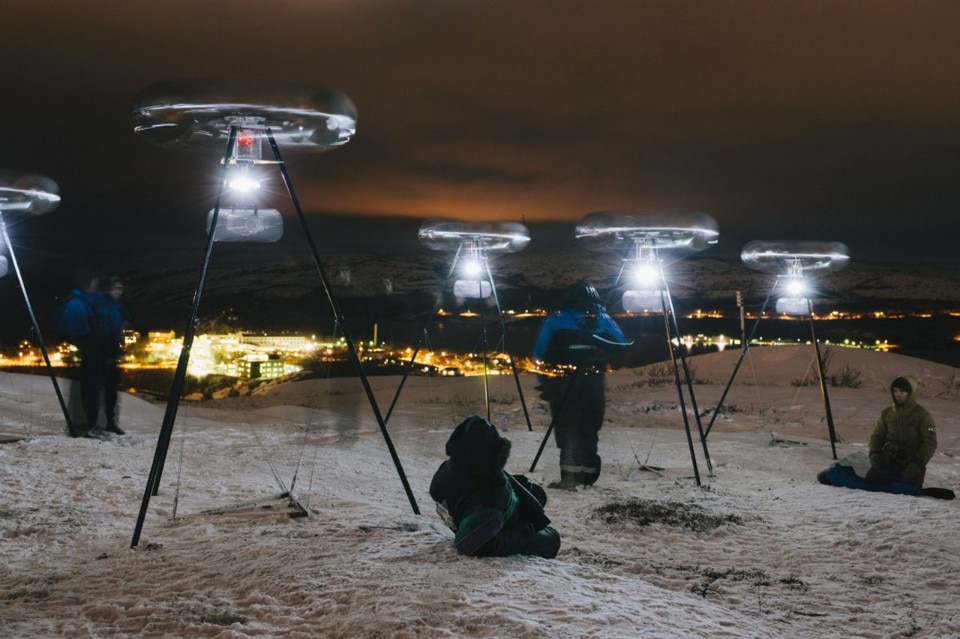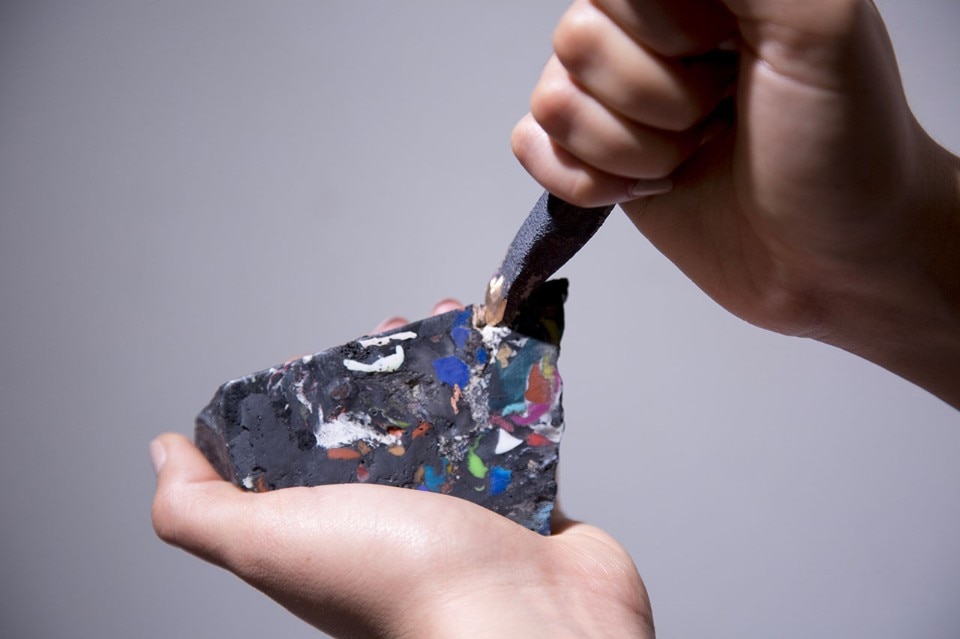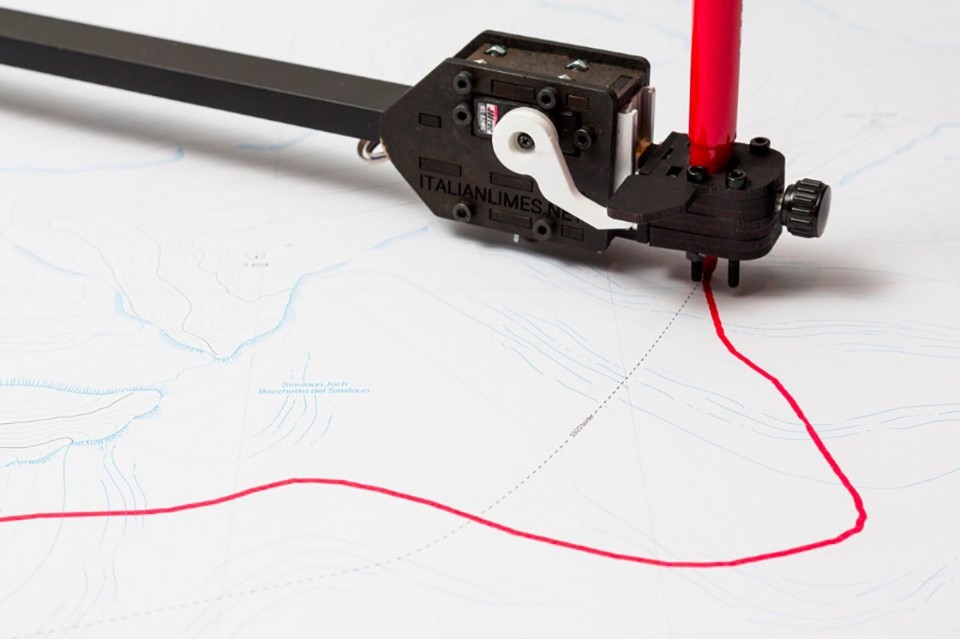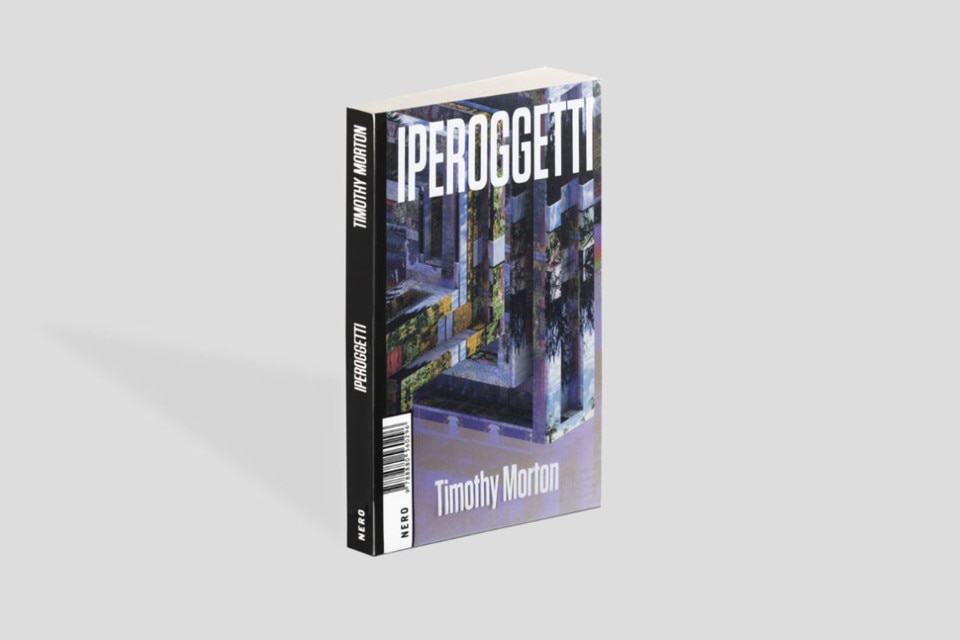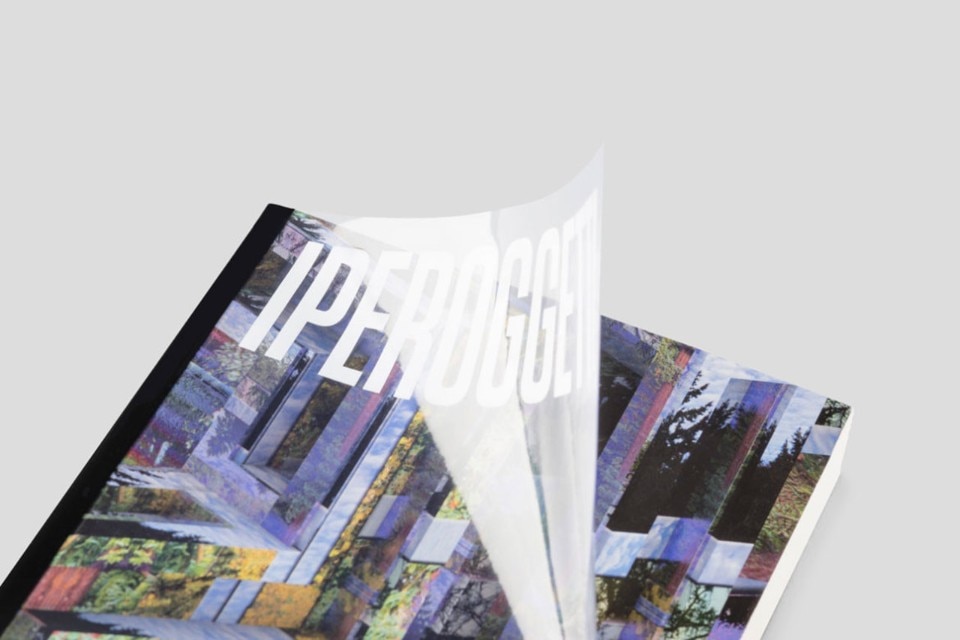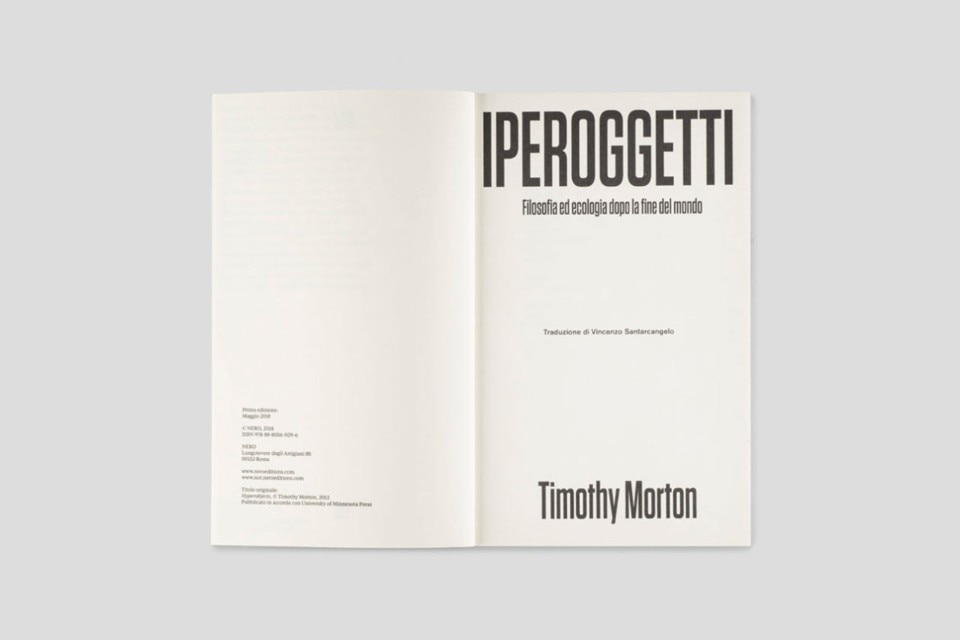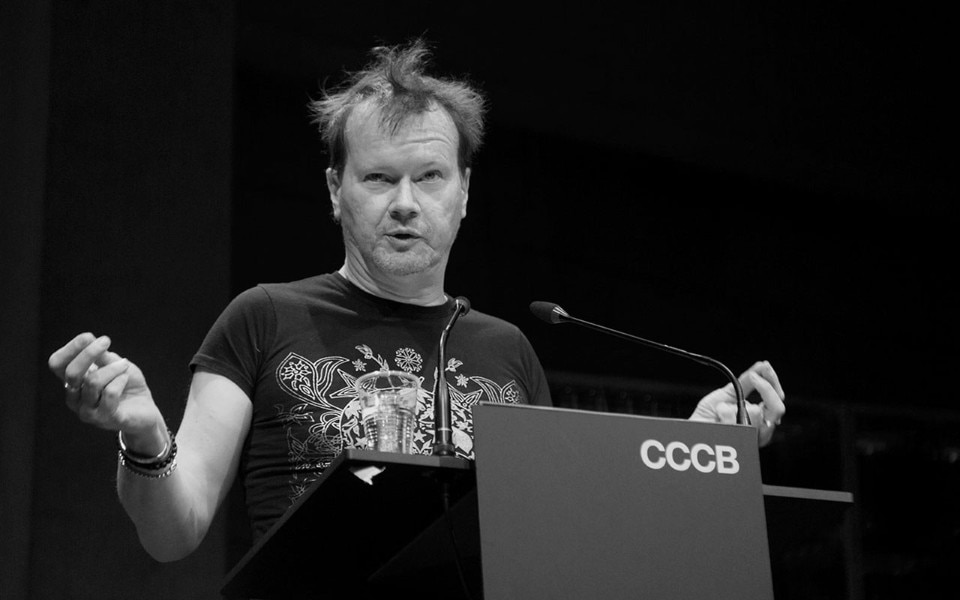Timothy Morton is currently one of the most acclaimed philosophers, due to his ability to cultivate a multitude of diverse interests which range from the music of Björk to climate change. His ideas are as accessible as they are challenging, due to their wide range of references and their capacity to have a growing influence on a composite number of disciplines: philosophy, ecology, art, architecture. In particular, hyperobjects - as explained by Morton in his recent book - represent one of the most globally-debated philosophical concepts. These are entities of vast temporal and spatial dimensions which go beyond the human capacity for conception and serve as a profound and radical instrument for reflection and for learning to live with global warming and related matters.
Professor Morton, let’s begin our chat with an explanation of the sub-title of your book Ecology without nature: “Rethinking environmental aesthetics.” What do we need to rethink and remodulate?
We need to rethink everything. Above all, we need to go beyond the idea of nature as something external and detached. The idea that there is this thing called nature, and it is under the cement, on top of the mountains or in my DNA, but never here, where we are. Furthermore, nature and the natural are presented as normative concepts which tell us how to behave, or what is natural compared to what is not. We all know how violent this way of thinking can be!
We need to rethink everything. Above all, we need to go beyond the idea of nature as something external and detached.
In Ecology without nature, you define a scenario which goes beyond ecological criticism, suggesting ways of thinking, creating and practising art, politics and philosophy. You also maintain that these philosophical methods represent an approach which is both critical and self-critical. What does this mean?
Put simply, it means not taking anything for granted. In particular, there is a flawed way of seeing the concept of nature, a form of essentialism which denies the specific and ambiguous qualities of life forms as such. In this sense, my thoughts, my critical elaborations represent a way of referring to forms of life (including us humans and our social structures) which avoids excessively reductive formulations.
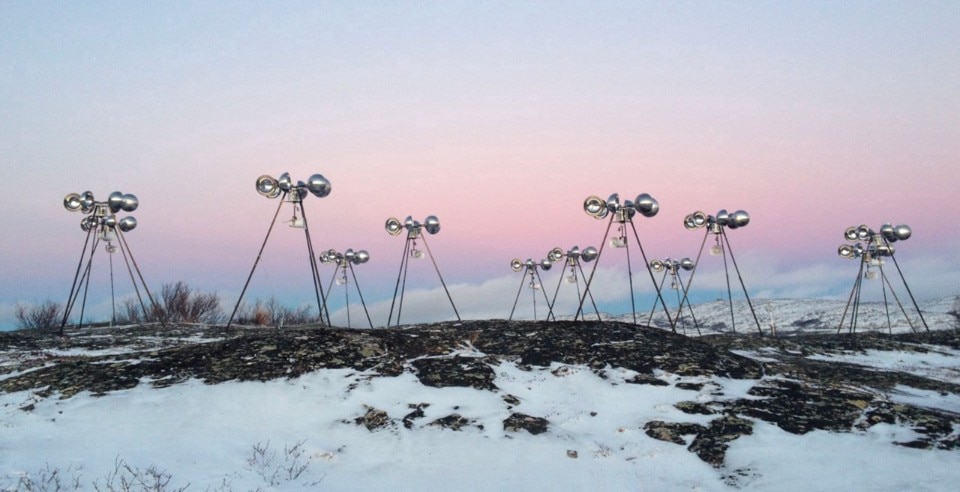
In many public statements, conferences and interviews, you have declared that nature is a racist concept. Can you explain this idea? In reality it is simple! Nature, as I have already said, should be different from culture or society or that which is human. This clear distinction is biologically incorrect. Obviously, we have evolved from other forms of life and we are ecologically connected with them. What does this difference explain? The demarcation line between “us” and “them” is known, in robot design, as uncanny valley. Robots which seem human appear stranger and more disturbing as they approach similarity with our own image. This valley includes beings which racists call subhuman, inhuman, those who are treated worse that what we call animals - considering how the Nazi party supported animal rights and how much Hitler loved his dog Blondi. This is perfectly in line with Nazism. Dogs are natural, the humans in the uncanny valley are not. Nature is a racist concept.
I do not believe what modern philosophy says about mankind, that we are beings similar to a kind of Pac-Man, eating up the universe. I think we are ultra-sensitive chameleons which can take on the colour of other things.
Hyperobjects, philosophy and ecology after the end of the world is one of your latest works. It has also been translated in Italian for Nero Editions. Can you give us a few concise definitions of concepts such as hyperobject and mesh?
My latest book is Humankind: solidarity with nonhuman people. Mesh is a concept which was presented in The ecological thought and indicates the way in which ecological beings are profoundly interconnected yet diverse, just like a sieve which has intersecting wires and empty spaces between those wires. A hyperobject is something which is so large and so spread out both temporally and spatially that we can only perceive it a piece at a time. Consider all polystyrene. At times we encounter it in disposable coffee cups. Other ties it will be something else. If we imagine ourselves sitting in a dump, we would see it set in concrete.
Your work is often associated with object-oriented ontology, OOO. Could you clarify what the distinctive traits of this school of thought? Why do you think that OOO is an urgent matter for the world we live in today?
OOO is the first and only “western” philosophy that I can tolerate, because it is radically anti-anthropocentric. It refuses to consider humans as special in a way which renders them superior to other beings. Not that humans are not important, of course they are. But instead of saying “we are all equal because we are all made of atoms” - which means that nothing we do is that important - OOO maintains “we are all equal because we are all persons, whether we are talking about squirrels or human beings”.
Efficiency and sustainability are concepts tied to the relentless use of fossil fuels. A restrictive stubbornness which is part of still seeing the future according to the current neo-liberal and capitalist order. There is no alternative, this is the revendication of capitalism. We need to change. Could you explain what forms of resistance there are?
Well, trusting billionaires to fix things is a perfect example of what you said in your question. It would be much better to find solidarity between ourselves and all human beings, and work towards some kind of socialism which in some way includes other forms of life. In this way, we could finally design buildings and vehicle which do not kill us quite so easily.
What are you working on?
I am writing a book called Chameleons. It is a treatise on art, but it is also a theory that concerns us all. I do not believe what modern philosophy says about mankind, that we are beings similar to a kind of Pac-Man, eating up the universe. I think we are ultra-sensitive chameleons which can take on the colour of other things. I think that creativity is about listening.
Could you suggest a few authors, and maybe artists or designers, for the readers of Domus to follow?
Laurie Anderson, anything that Laurie Anderson does! Clement Goldberg, who produces incredible animation. Björk, obviously! And a really interesting book, Beyond Words: What animals think and feel by Carl Safina.




